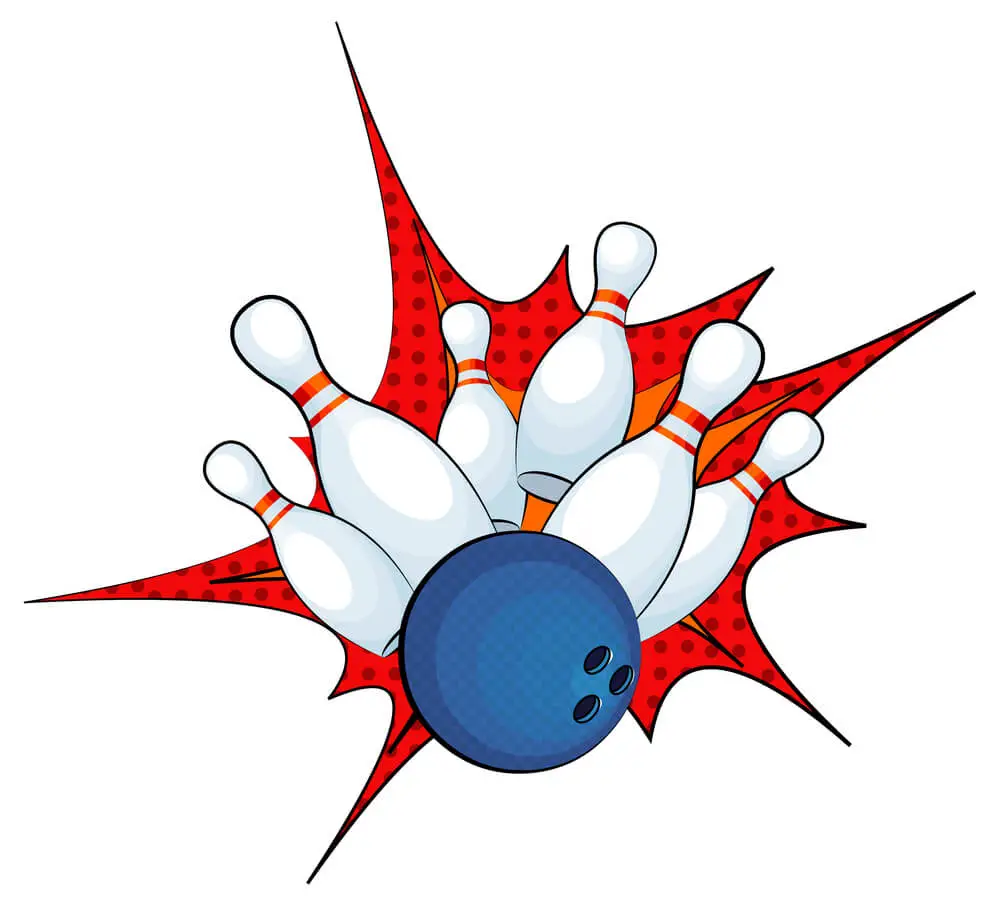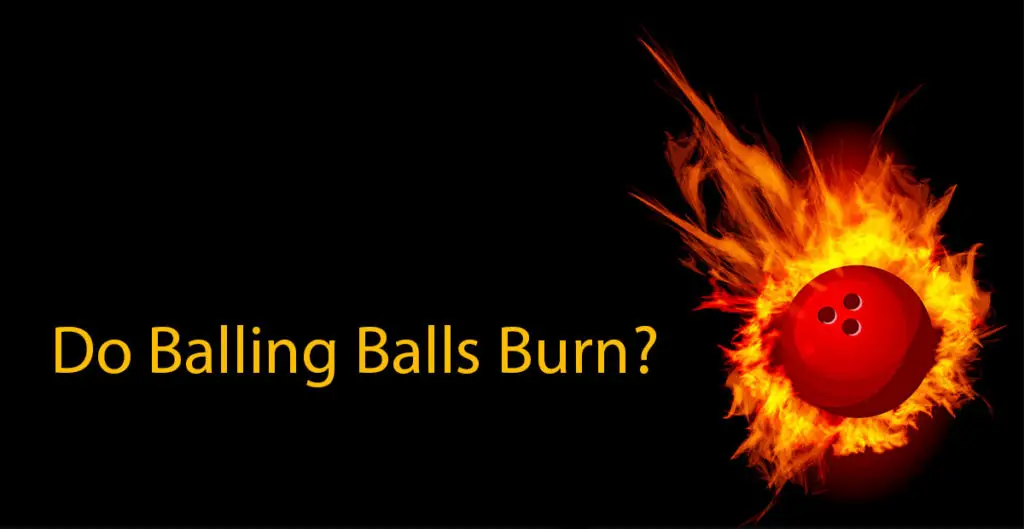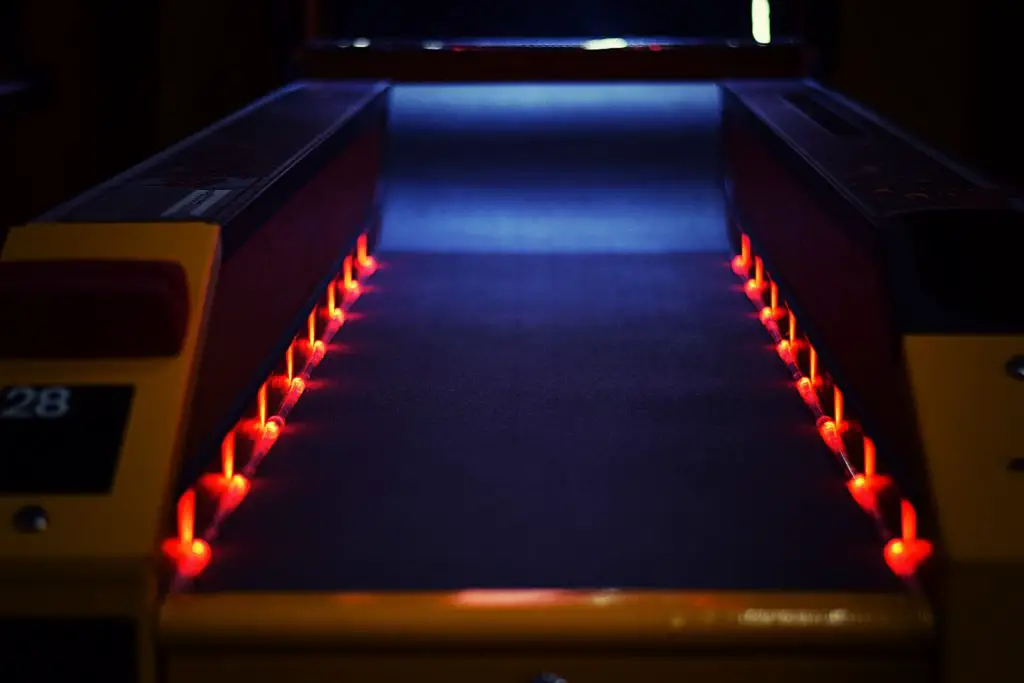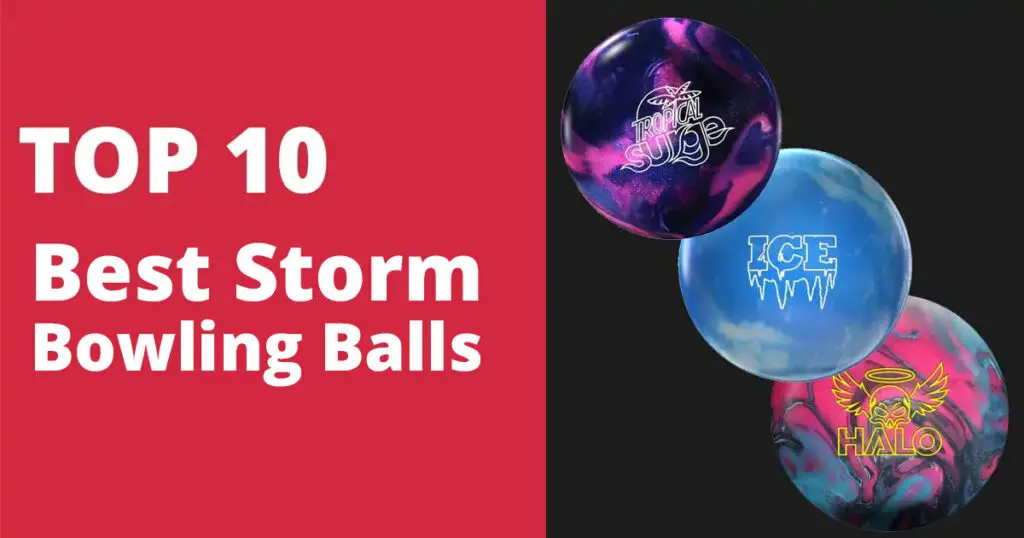If you are a passionate bowling ballplayer, you might want to know about all the reasons that make it difficult to knock down the pins. Remember the last time you released the ball perfectly, but it still was a miss-hit.
Many people are unaware that bowling balls tend to burn and lose their energy way sooner. You might question how it is possible? And what factors lead to it?
Bowling balls can burn and change their direction earlier than you anticipate. They hit the pins flat or deflect due to loss of rotational energy way before it reaches the final phase. Few factors that can cause a ball to burn up include friction, ball material, weight, lane condition, and sometimes your skills. A more aggressive ball may result in an early hook and roll, so it is better to opt for a weaker ball.
Bowling ball is a fun sport, and if you are a competitive player, you might want to polish your skills. Discovering about the technical side of the game and ball handling will make this journey for you much simple.
Is It Possible For A Bowling Ball To Burn?
You can find bowling balls in various materials, like plastic, urethane, and resin. Each of them possesses a possibility to burn while striking against the lane surface. In more technical terms, a bowling ball that burns up also means a loss of axis rotation. Also, the ball will no longer hook and affect your game performance.
For a better gaming experience, players often want to avoid bowling ball burn. One of the common causes of the ball burn is the strength of the cover stock against the friction of the lane. The speed of your ball throw and the condition of the lane also contribute to the ball flare-up.
It might be hard to notice the burn, but you can get an idea by observing where the ball changes its direction and how it hits the pins. The ball will change its direction too early, followed by no movement at the end of the pattern. Also, it never finishes and results in a weak hit.
What Leads To A Bowling Ball Burning Up?
There are a few factors that can lead to the bowling ball burn. Let’s find them out.
- The Role Of Friction:
Different kinds of bowling balls provide different amounts of friction while coming in contact with the lane surface. For instance, plastic bowling balls offer less friction than urethane or resin versions. Plastic is often a perfect choice for beginners because it is easy to control and the chances of the ball flaring up are relatively low.
Besides the ball material, the weight also has a part in determining if it will burn or not. A heavier ball can flare up easily against a dry lane, and you would find it challenging to get the ball to the pocket. Nevertheless, it also depends upon the lane condition, and you should switch to a heavier or lighter ball in accordance.
- Aggressive Ball Usage:
Sometimes, the bowling ball burns up when you choose a more aggressive ball. It might not go well with the lane condition where you choose to play. As an outcome, the ball enters the roll phase too soon and will no longer hook. It is crucial to take your time to decide which ball to use, and it may require some trial and error until you figure out what is working for you.
It is something that confuses many bowlers. They think that if they are bowling on heavy oil, they require a heavier ball for hooking. However, it is not true every time, and you need to opt for a weaker ball or one with more skid so that it retains energy for longer.
Another issue can be too much ball speed. If you exert more force on a ball that lacks a proper setup in terms of specification, layout, and surface, it might cause a burn-up. Expert players know the technique of maintaining a balanced speed allowing them to minimize the ball burn as much as possible. It is a trait that comes with regular practice and mastering the skill.
- Lane Conditions:
Just like ball material and weight, the lane surface also has a role in deciding if the bowling ball will burn or not. If the lanes are too oily or dry, they can affect your performance and allow the ball to roll out/burn.
Usually, when you are balling on heavy oil, you will see that the ball does not change its direction until it is in the finishing phase. Once it is close, only then does it hook into the pocket. If your ball is burning up, you will observe the change of direction much earlier, and you won’t see any movement afterward. The ball will slide into the pocket. The lane condition will decide how fast the ball loses its energy, resulting in a weaker hit on the pins.
- High temperature:
If you expose the bowling ball to extreme temperatures, it can cause severe damage and affect the ball’s performance. For instance, if your bowling ball is too cold or frozen, it will not roll properly. When you throw it, it will slide and skid more because of turning much harder than usual.
Similarly, too much heat will lead the bowling ball to sweat, release oils, and cause cracking. As a result, the bowling ball suffers a lot of damage, and ultimately it cannot perform as well. So, it is crucial to keep the ball in a temperature-controlled environment to maintain its best shape.
What Happens When A Bowling Ball Burns?
When you roll a bowling ball with your arm swing, you give it a forward motion (translational energy). When you finally release it, it also acquires rotational energy. If the ball encounter friction at an early stage, it can lose both of these energies, and it is what we refer to as bowling ball burning or rolling out.
As the ball undergoes an energy decline, it soon loses axis tilt and rotation. It also affects the momentum of the resulting shot, the direction it ends up pointing towards, and at what location it hits the pinhead. Most balls that burn up are not able to hit the pocket. Even if they do, they tend to hit weakly along with a shallow entry angle.
How To Tell If Bowling Ball Is Burning Up?
Although it might not be evident at times if your bowling ball is burning, a few signs can help you identify it. When a relatively strong ball does not hook or recover well, you can take it as an indication. Similarly, if the ball flattens out and rolls straight for more than a couple of feet, it shows that its energy is burning up, and the ball will end up leaving odd pin counts. The change in the ball’s direction and its way of hitting the pins also help you to know if it burnt up or not.
Final Thoughts:
Bowling ball tends to burn and influence your gaming performance up to a certain degree. Ball material, weight, lane conditions have a significant role in determining if it will burn out the energy early and decrease your point scores. Friction between the ball and lane surface can also result in weaker pin hits.





